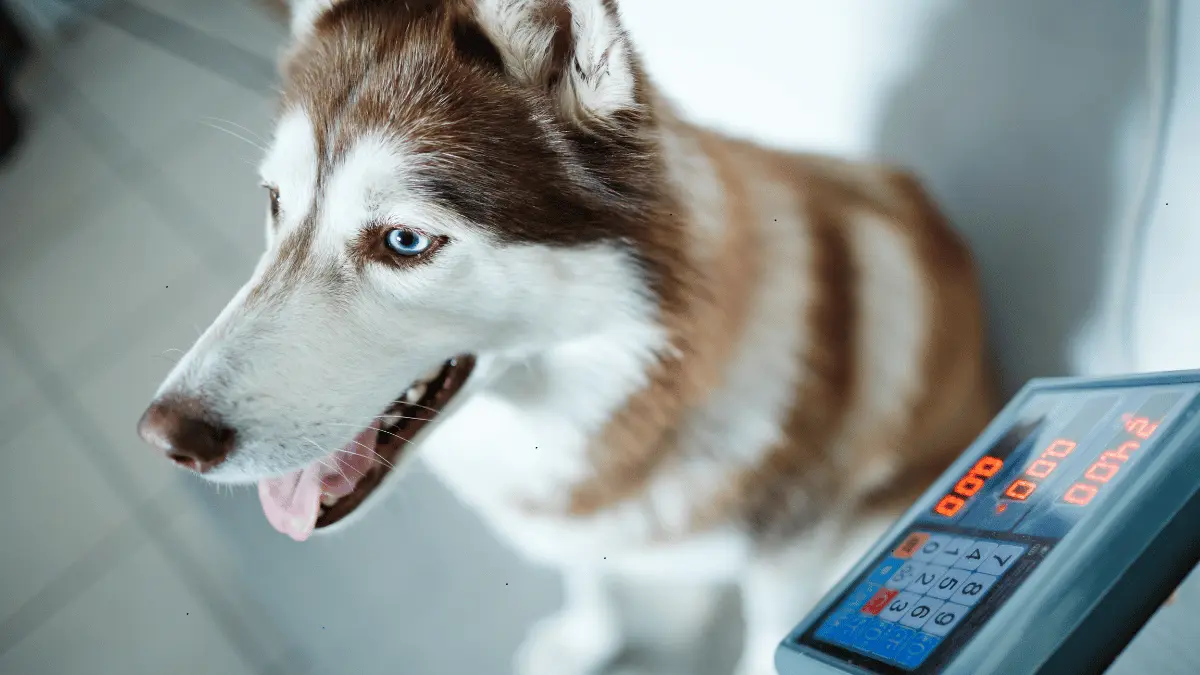The Secret to Communicating with Your Dog So They Really Understand
Dogs are incredible creatures that have the ability to form deep bonds with humans. One of the most rewarding aspects of owning a dog is the opportunity to communicate with them. While dogs can’t speak human language, they have their own unique ways of expressing themselves. By understanding their body language and vocalizations, you can deepen your connection with your furry friend and build a stronger relationship.
Decoding Your Dog’s Body Language
Dogs use their body language to convey a wide range of emotions and messages. Here are some common body language cues to watch for:
- Tail Wagging: A wagging tail often indicates happiness or excitement, but the speed and intensity of the wag can reveal different emotions.
- Ear Positions: The position of your dog’s ears can provide clues about their mood. Perky ears usually indicate alertness or interest, while flat ears may suggest fear or aggression.
- Eye Contact: Sustained eye contact can be interpreted as a challenge or threat by dogs. However, gentle eye contact can be a sign of affection and trust.
- Posture: Your dog’s posture can also reveal their emotions. A relaxed posture with a lowered head and loose body typically indicates contentment, while a stiff posture with raised hackles may suggest fear or aggression.
Understanding Your Dog’s Vocalizations
Dogs also communicate through various vocalizations, such as barks, growls, whines, and howls. Each vocalization has a different meaning, so it’s important to pay attention to the context and your dog’s overall body language.
- Barks: Barks can serve many purposes, including alerting you to danger, expressing excitement, or seeking attention.
- Growls: Growls are often a warning sign that your dog feels threatened or uncomfortable.
- Whines: Whines can indicate pain, fear, or a desire for something.
- Howls: Howls can be a way for dogs to communicate with other dogs or to express excitement or loneliness.
Building a Stronger Bond Through Communication
By understanding your dog’s body language and vocalizations, you can deepen your connection with them and build a stronger bond. Here are some tips for improving your communication with your dog:
- Spend Quality Time Together: Regular interaction is essential for building trust and understanding.
- Positive Reinforcement: Use positive reinforcement training methods to teach your dog desired behaviors and strengthen your bond.
- Pay Attention to Your Dog’s Emotions: Be mindful of your dog’s feelings and respond accordingly.
- Seek Professional Help: If you’re struggling to understand your dog’s behavior, consider consulting with a professional dog trainer or behaviorist.
Communicating with your dog is a rewarding experience that can deepen your bond and enrich your life. By understanding their body language and vocalizations, you can better connect with your furry friend and create a more harmonious relationship. Remember, patience, consistency, and positive reinforcement are key to effective communication with your dog.
Keywords: dog communication, body language, vocalizations, dog training, positive reinforcement, dog behavior, animal behavior, pet ownership, dog bonding














